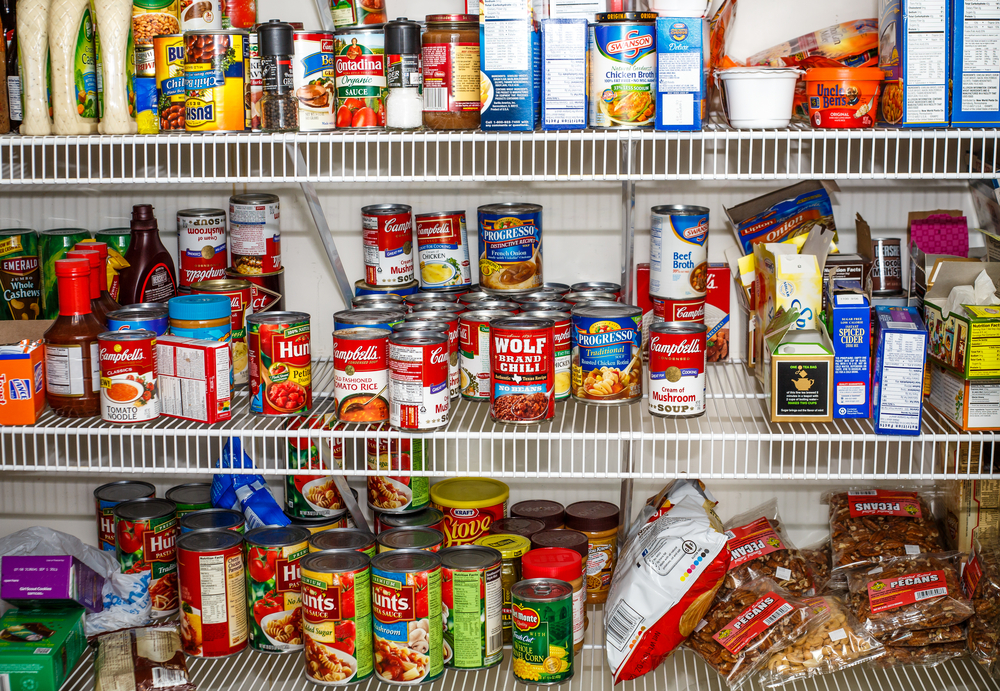In the ever-evolving world of nutrition, protein continues to reign supreme on the list of dietary essentials. But while many of us are busy stocking up on chicken breasts and protein bars, there’s a whole world of unexpected protein powerhouses waiting to be discovered. Forget the usual suspects; we’re diving into the lesser-known but equally mighty sources of protein. From snacks to pantry staples, these foods are here to shake up your protein game in the most delicious way possible. So, whether you’re vegan, vegetarian, or just looking to switch things up, here are 15 foods that are secretly loaded with protein.
1. Spinach

Popeye was onto something with his love for spinach, though he might have been more interested in its iron than its protein content. With about 5 grams of protein per cooked cup, spinach is an unsung hero in the greens category. It’s also packed with vitamins A, C, and K, as well as folate and antioxidants. Its mild flavor and tender texture make it a versatile ingredient in a variety of dishes.
Add spinach to smoothies, salads, or omelets for a nutritional punch. You can even blend it into pesto or use it as a base for creamy soups. It’s a great way to add volume and nutrients to your meals without overpowering other flavors. Spinach proves that greens can be a significant source of protein and not just a side dish.
2. Pumpkin Seeds
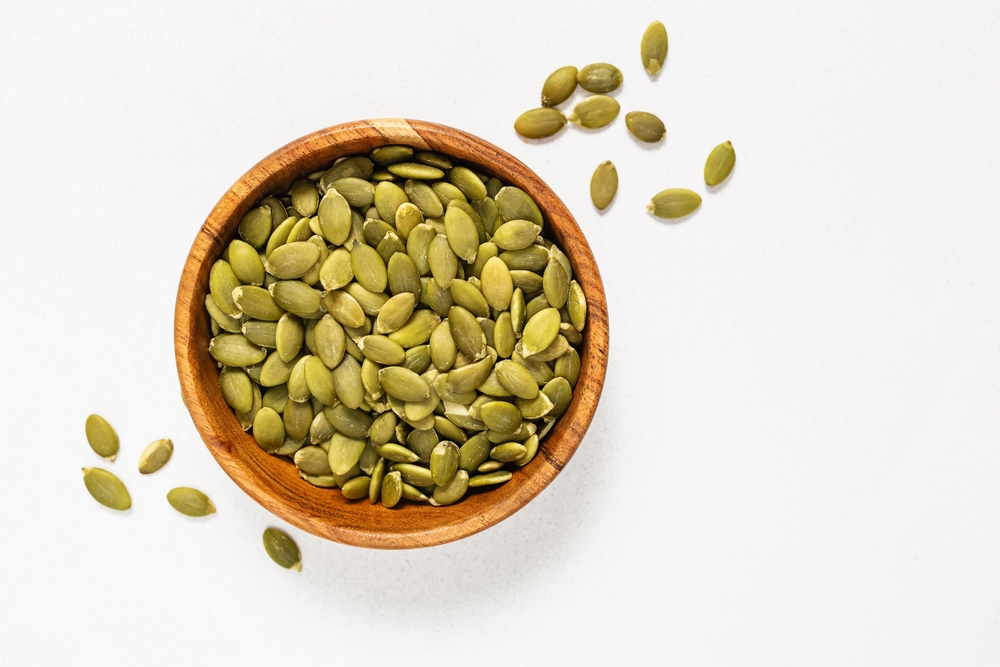
When it comes to snack-time heroes, pumpkin seeds often fly under the radar, but they shouldn’t. Just a handful of these seeds delivers about 7 grams of protein, making them a crunchy and satisfying choice for anyone looking to boost their intake. Besides proteins, pumpkin seeds are packed with magnesium, zinc, and healthy fats. Incorporating them into your meals can add a delightful crunch and a nutrient boost.
These seeds can be enjoyed roasted, raw, or even blended into a creamy seed butter. They’re a perfect topping for soups, salads, or oatmeal, adding texture and flavor. The next time you’re carving up a pumpkin, think twice before discarding those seeds. Toss them in some oil and spices, and you’ll have a high-protein snack ready in minutes.
3. Edamame
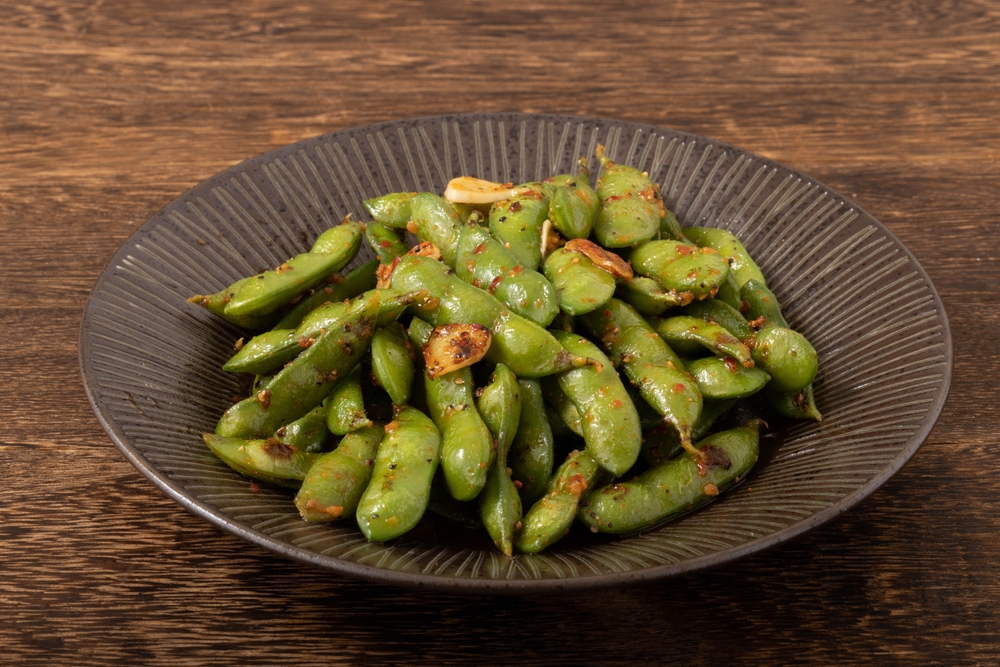
Edamame isn’t just a pre-sushi snack; it’s a protein powerhouse waiting to be explored. A cup of these young soybeans offers around 18 grams of protein, along with fiber and essential amino acids. As reported in Medical News Today, edamame is also a rich source of iron and calcium, making it a nutrient-dense addition to your diet. Its mild, slightly sweet flavor pairs well with a variety of dishes.
Edamame can be enjoyed in its purest form, sprinkled with sea salt, or incorporated into salads and stir-fries. You can also find them in dried forms for a crunchy snack or blend them into dips and spreads. With their vibrant color and delightful taste, they can elevate any meal while keeping you full and satisfied. Dive into the world of edamame and discover a new, flavorful way to enjoy plant-based protein.
4. Greek Yogurt

Greek yogurt has been a staple for breakfast and snack enthusiasts worldwide, but its protein content deserves special mention. A single serving can pack up to 20 grams of protein, making it an excellent choice for those looking to increase their intake. Greek yogurt is also a great source of calcium and probiotics, which support bone health and digestion. Its creamy texture and tangy flavor make it a versatile ingredient.
Enjoy it on its own, or use it as a base for smoothies, parfaits, or salad dressings. You can also substitute it for sour cream in recipes to cut down on fat while boosting protein. For a savory twist, try using it as a marinade for meats or as a dip for veggies. Greek yogurt is more than just a breakfast staple; it’s a protein-packed powerhouse waiting to be explored.
5. Quinoa
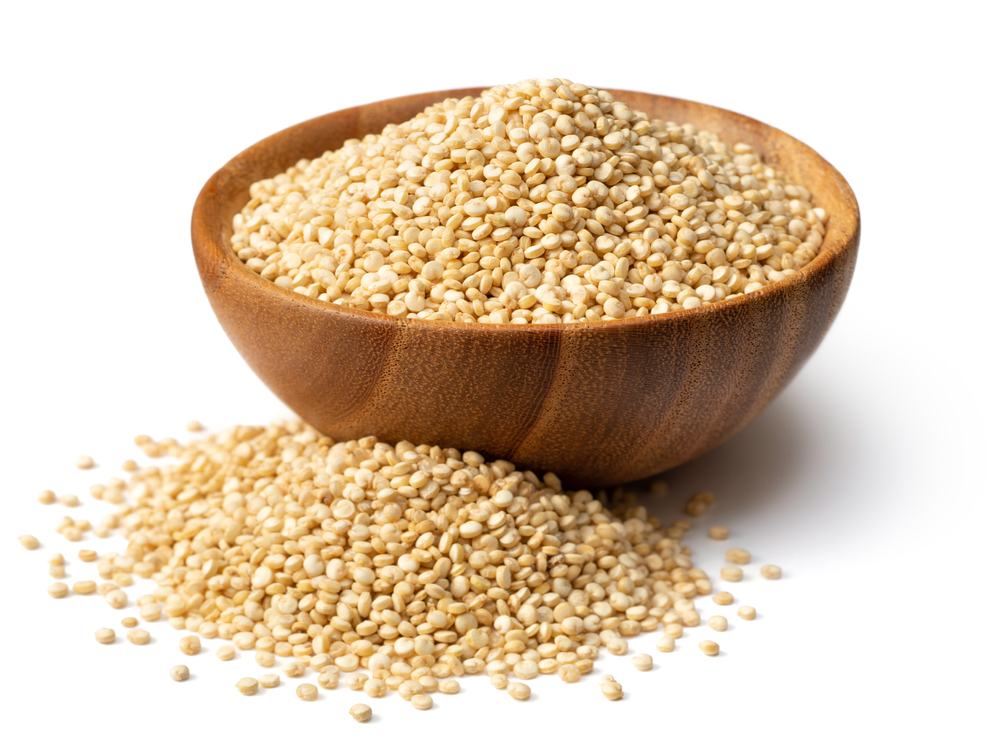
Quinoa is often hailed as a superfood, and for good reason. This ancient grain contains all nine essential amino acids, making it one of the few complete plant-based proteins available. A cooked cup of quinoa boasts around 8 grams of protein along with fiber and iron. The Academy of Nutrition and Dietetics highlights its impressive nutrient profile, making it a staple for vegans and vegetarians.
With its nutty flavor and fluffy texture, quinoa can be a great base for salads, bowls, and even breakfast porridges. You can swap out rice or pasta for quinoa in your favorite dishes for an instant protein boost. It’s also a fantastic binding agent for veggie patties and can be added to baked goods for extra nutrients. Versatile and nutrient-dense, quinoa is a must-have in any protein-lover’s pantry.
6. Lentils
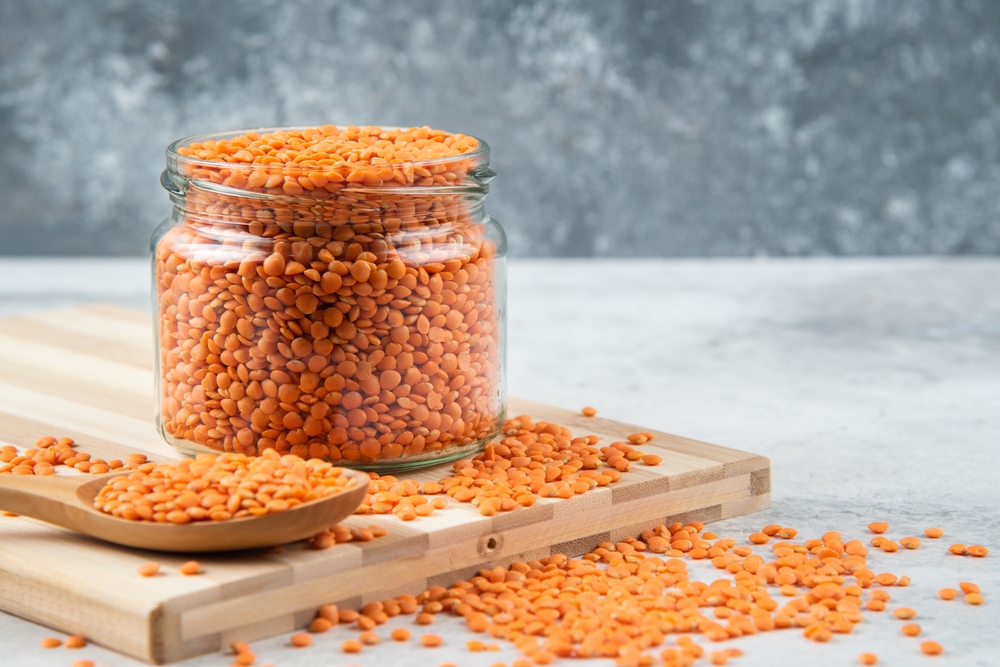
Lentils are often overshadowed by their legume cousins, but they shouldn’t be overlooked. Packed with around 18 grams of protein per cooked cup, they are an excellent source of plant-based protein. They also come loaded with fiber, iron, and other essential minerals. Their versatility allows them to shine in dishes from soups and stews to salads and curries.
Aside from their nutritional benefits, lentils are incredibly budget-friendly and easy to prepare. They cook faster than many other legumes and absorb flavors beautifully, making them the perfect addition to your culinary repertoire. Experiment with different types like green, red, or black lentils to discover a variety of textures and flavors. Lentils are more than just a pantry staple; they’re a protein-rich powerhouse ready to transform your meals.
7. Chickpeas
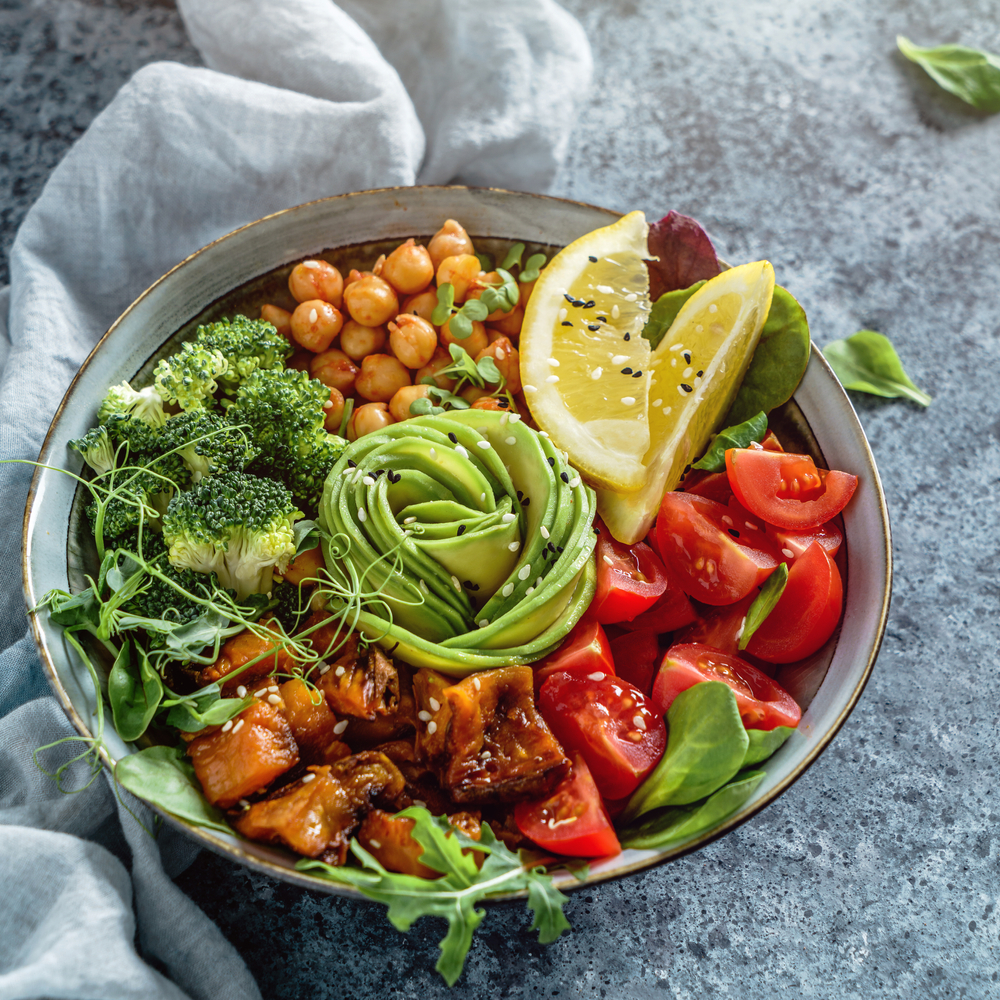
Chickpeas, or garbanzo beans, are a staple in many cuisines around the world. With about 15 grams of protein per cooked cup, they’re a fantastic addition to any diet seeking more plant-based protein. Beyond protein, chickpeas are a good source of fiber, folate, and manganese, notes Harvard Health. Their creamy yet firm texture makes them versatile enough for various dishes.
You can roast them for a crunchy snack, blend them into creamy hummus, or toss them in salads for a hefty protein boost. Chickpeas can also be ground into flour to create gluten-free baked goods, adding both texture and nutrition. Their neutral taste means they can adapt to any flavor profile, from spicy curries to sweet desserts. Chickpeas are truly a culinary chameleon, ready to enhance your meals with protein and flavor.
8. Almonds
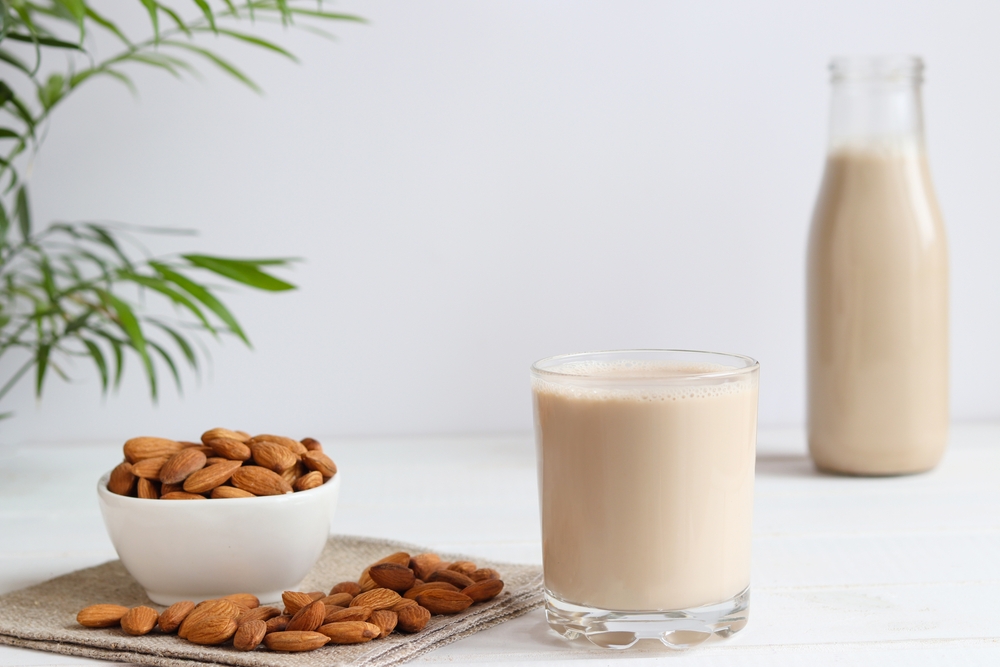
Almonds might be small, but they’re mighty when it comes to protein content. With roughly 6 grams of protein per ounce, they make for a convenient, on-the-go snack that’s both satisfying and nutritious. Besides protein, almonds are rich in vitamin E, healthy fats, and antioxidants. They’re a fantastic choice for those looking to bolster their protein intake without sacrificing flavor and crunch.
Enjoy almonds raw, roasted, or as a creamy almond butter spread on toast or in smoothies. They also make a great topping for cereals, yogurts, and salads. You can even use almond flour as a gluten-free alternative in baking to boost protein content in your sweet treats. Whether you’re snacking on them straight from the bag or incorporating them into recipes, almonds are a delicious way to up your protein game.
9. Green Peas
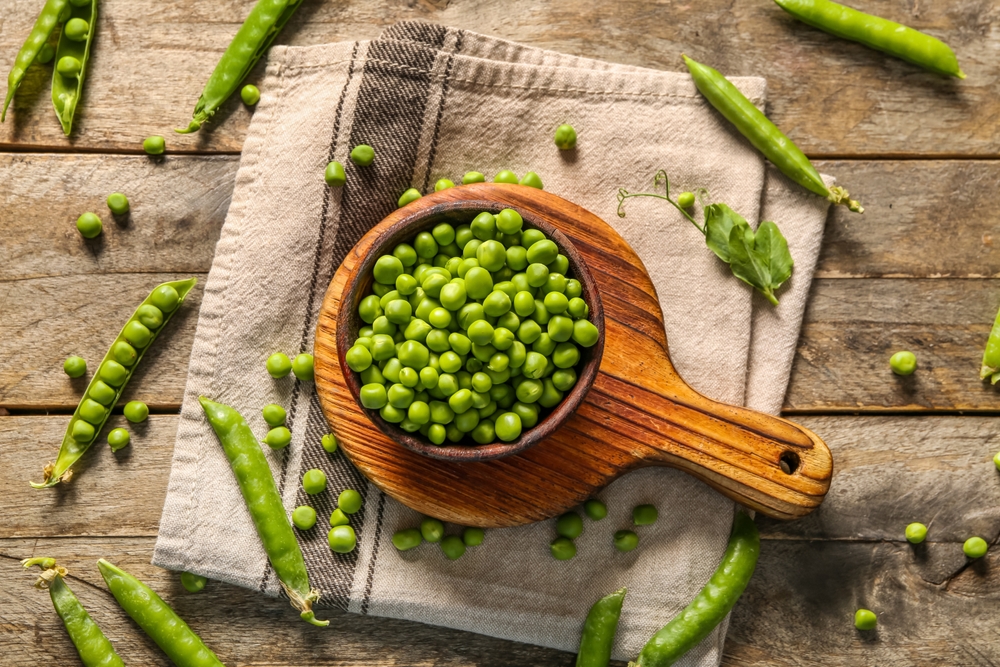
Green peas might be small, but they pack a surprising protein punch. A cup of these vibrant little gems contains approximately 8 grams of protein, making them an excellent side dish or main course contender. According to Healthline, they also boast a variety of other nutrients like vitamins A, C, and K. Their sweet flavor and satisfying texture make them the perfect addition to soups, salads, and pastas.
What makes green peas even more appealing is their versatility in cooking. You can mash them, blend them into soups, or even snack on them raw for a quick protein fix. They effortlessly blend into a protein-rich smoothie or act as a high-protein filler in veggie burgers. Next time you’re planning a meal, consider reaching for these underappreciated legumes.
10. Cottage Cheese
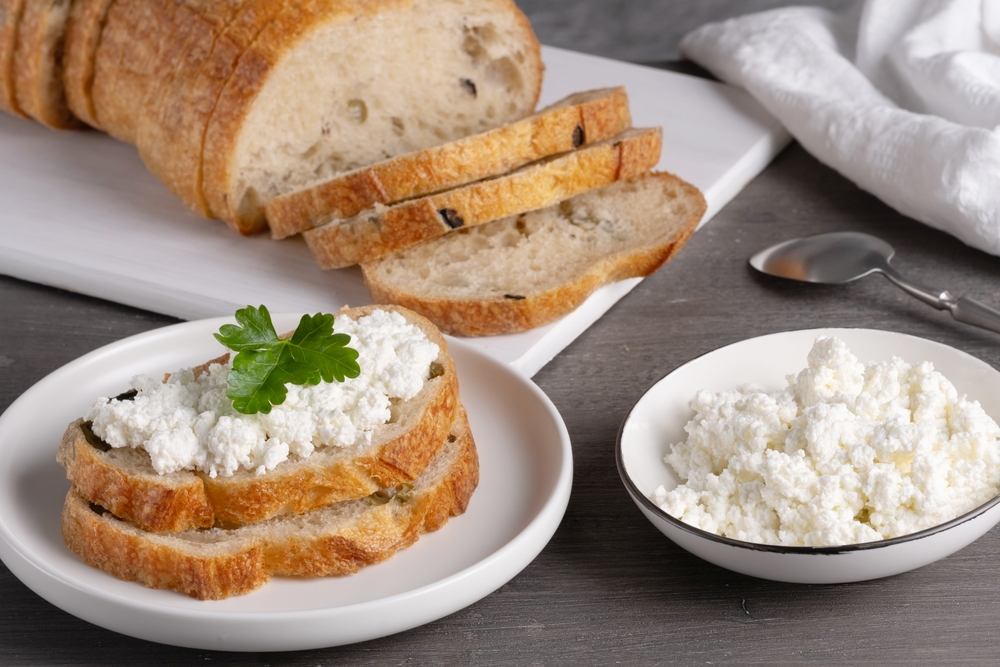
Cottage cheese often gets a bad rap for its curdy texture, but it’s a protein powerhouse worth reconsidering. With approximately 24 grams of protein per cup, it’s a fantastic option for those seeking a high-protein, low-carb food. It’s also rich in calcium and other essential nutrients, making it a solid choice for a healthy diet. Its mild flavor makes it a versatile base for both sweet and savory dishes.
You can pair cottage cheese with fruits like berries or pineapple for a sweet snack, or mix it with herbs and spices for a savory dip. It works well as a topping for toast, pancakes, or even in pasta dishes for added creaminess. With its high protein content and versatility, cottage cheese is more than just an old-school diet food; it’s a modern kitchen staple.
11. Black Beans
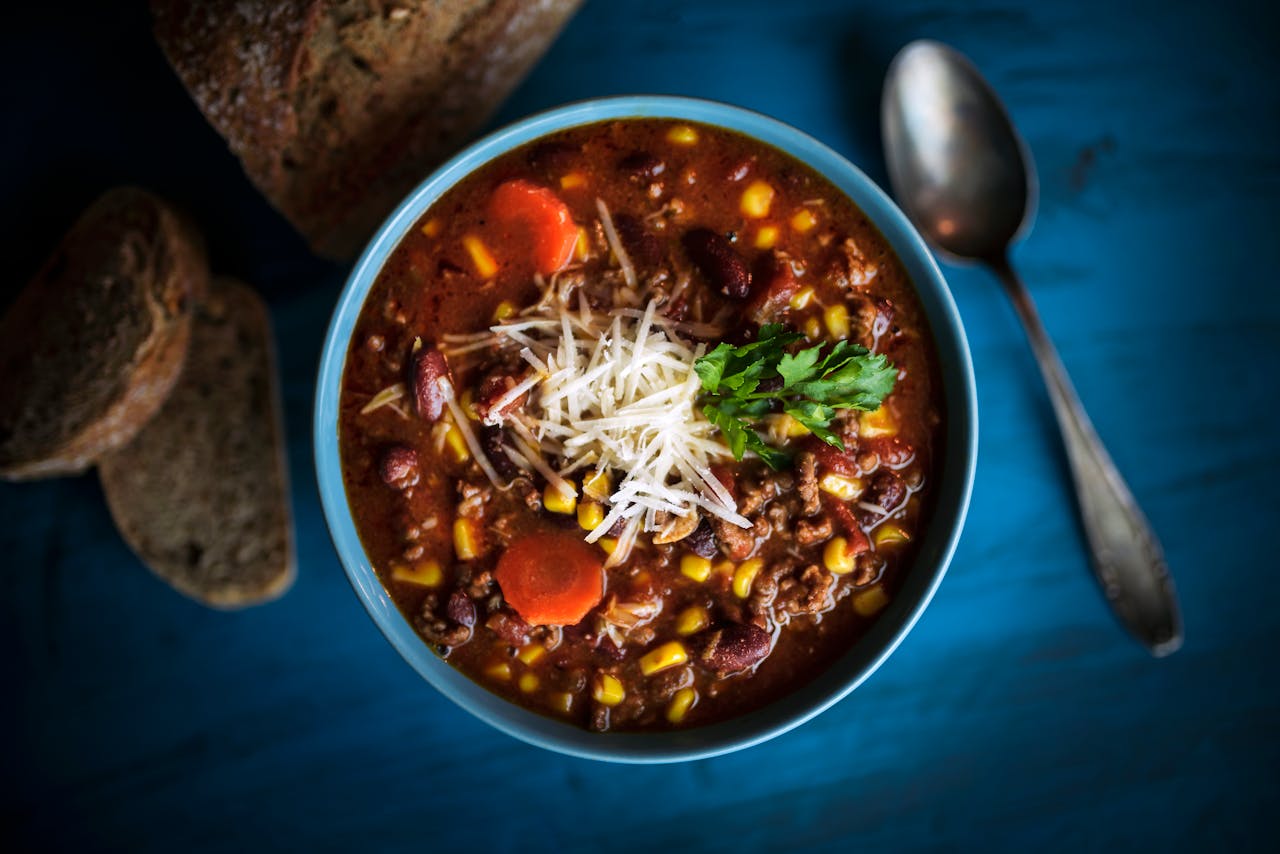
Black beans are a staple in many dishes, especially in Latin American cuisine. They offer around 15 grams of protein per cooked cup, making them an excellent option for those seeking plant-based protein. Besides protein, black beans are packed with fiber, folate, and a variety of other essential nutrients. Their rich, earthy flavor pairs well with a multitude of ingredients.
Use black beans in soups, stews, or as a filling for tacos and burritos. You can also mash them into a spread or use them as a base for veggie burgers. They’re an affordable and nutrient-dense way to add protein to your diet. Black beans are more than just an accompaniment; they’re a hearty and nutritious ingredient in their own right.
12. Chia Seeds
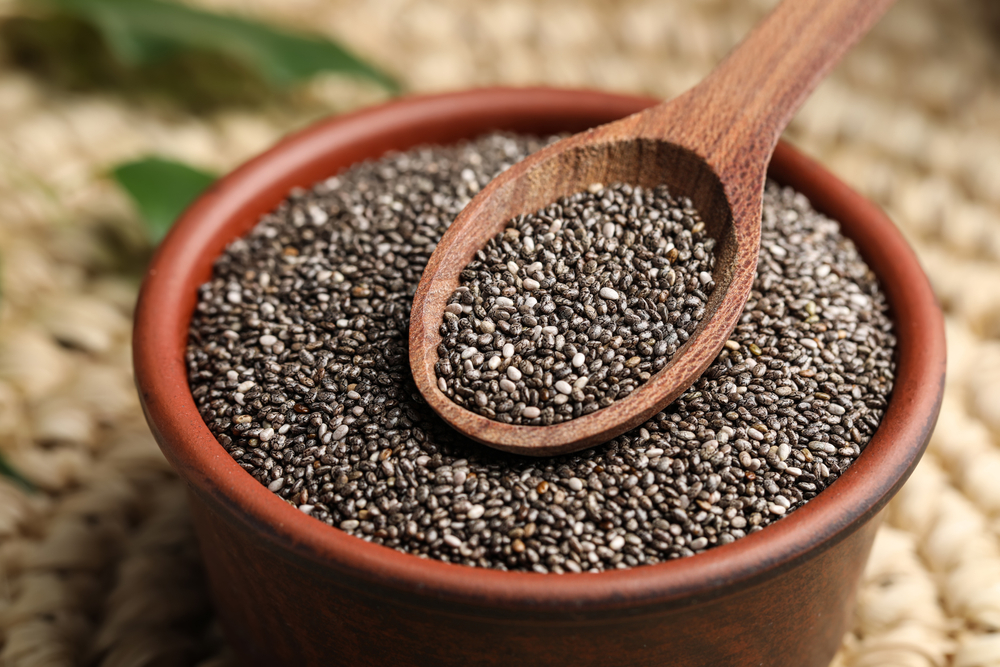
Chia seeds are tiny but mighty when it comes to nutritional content. They provide around 5 grams of protein per ounce, along with omega-3 fatty acids, fiber, and a host of other nutrients. Their unique ability to absorb liquid makes them an excellent thickening agent for puddings and smoothies. These seeds are an easy way to incorporate more protein into your diet without altering the flavor of your dishes.
Sprinkle chia seeds on yogurt or oatmeal for a protein-rich breakfast. You can also use them as an egg substitute in vegan baking or mix them into homemade energy bars. Their neutral taste means they can be added to virtually any dish for a protein boost. Chia seeds are a versatile and nutritious addition to any diet, offering a simple way to enhance your meals.
13. Broccoli
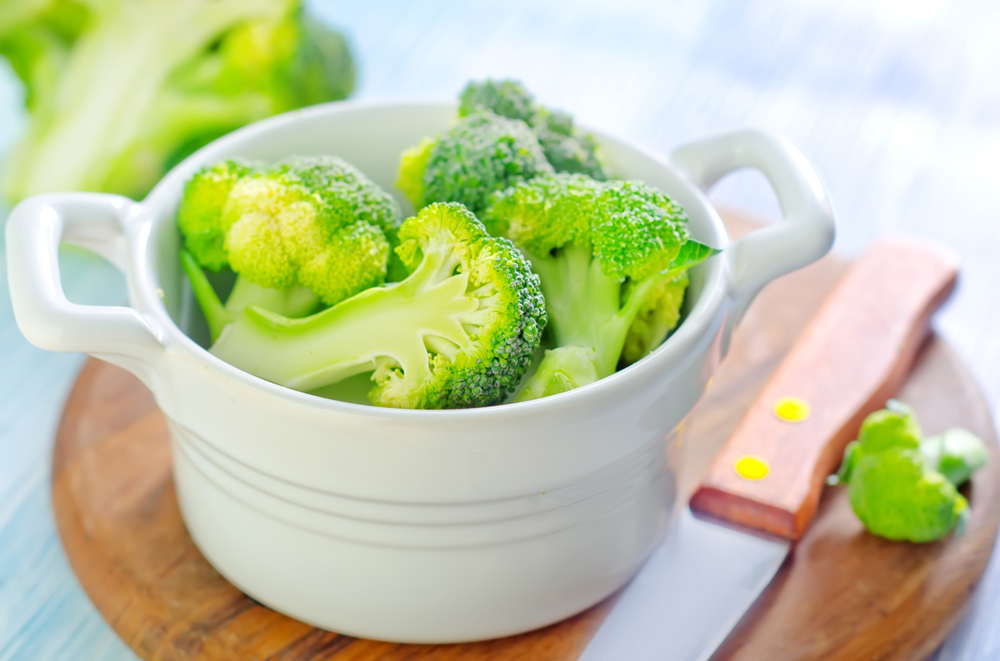
Broccoli might not be the first vegetable you think of when it comes to protein, but it should be. With about 4 grams of protein per cooked cup, it stands out in the veggie world. This cruciferous vegetable is also rich in vitamins C and K, as well as fiber and antioxidants. Its slightly bitter flavor pairs well with a variety of dishes, from stir-fries to casseroles.
Roast broccoli with olive oil and spices for a tasty side dish, or steam it and add it to grain bowls and salads. You can even blend it into a creamy soup or use it as a pizza topping. Broccoli proves that vegetables can be both nutritious and delicious, offering a substantial protein content to boot. It’s a versatile and healthful choice for any meal.
14. Avocado

While avocados are often celebrated for their healthy fats, they also contain a notable amount of protein. A single avocado offers about 4 grams of protein, along with fiber, vitamins, and minerals. Their creamy texture and rich flavor make them a popular addition to many dishes. Avocados are a great example of how plant-based foods can provide essential nutrients, including protein.
Use avocados in salads, sandwiches, or as a base for creamy dips like guacamole. You can also add them to smoothies for a rich, creamy texture or spread them on toast for a satisfying breakfast. Their versatility extends to desserts, where they can be used to create creamy puddings or fillings. Avocados are more than just a trendy food; they’re a nutritious and protein-rich addition to any meal.
15. Mushrooms
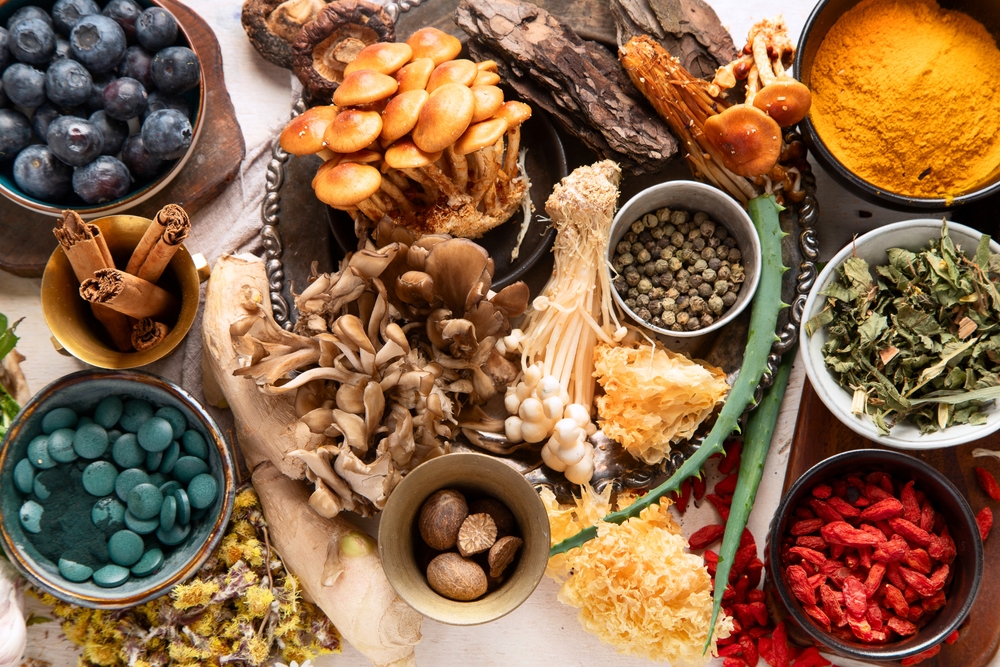
Mushrooms are often overlooked when it comes to protein, but they shouldn’t be. While they may not pack as much protein as beans or nuts, they do offer around 3 grams per cup, along with a host of other nutrients. Their umami flavor makes them a versatile ingredient in a variety of dishes, from soups to sautés. Mushrooms are also an excellent source of B vitamins and antioxidants.
Use mushrooms as a meat substitute in burgers or tacos, or stuff them for a protein-rich appetizer. They work well in stir-fries and casseroles, adding texture and flavor. You can also roast or grill them for a simple side dish that’s both nutritious and delicious. Mushrooms are a humble yet valuable addition to any diet, offering a unique combination of flavor, texture, and nutrition.
Natasha is a seasoned lifestyle journalist and editor based in New York City. Originally from Sydney, during a stellar two-decade career, she has reported on the latest lifestyle news and trends for major media brands including Elle and Grazia.


